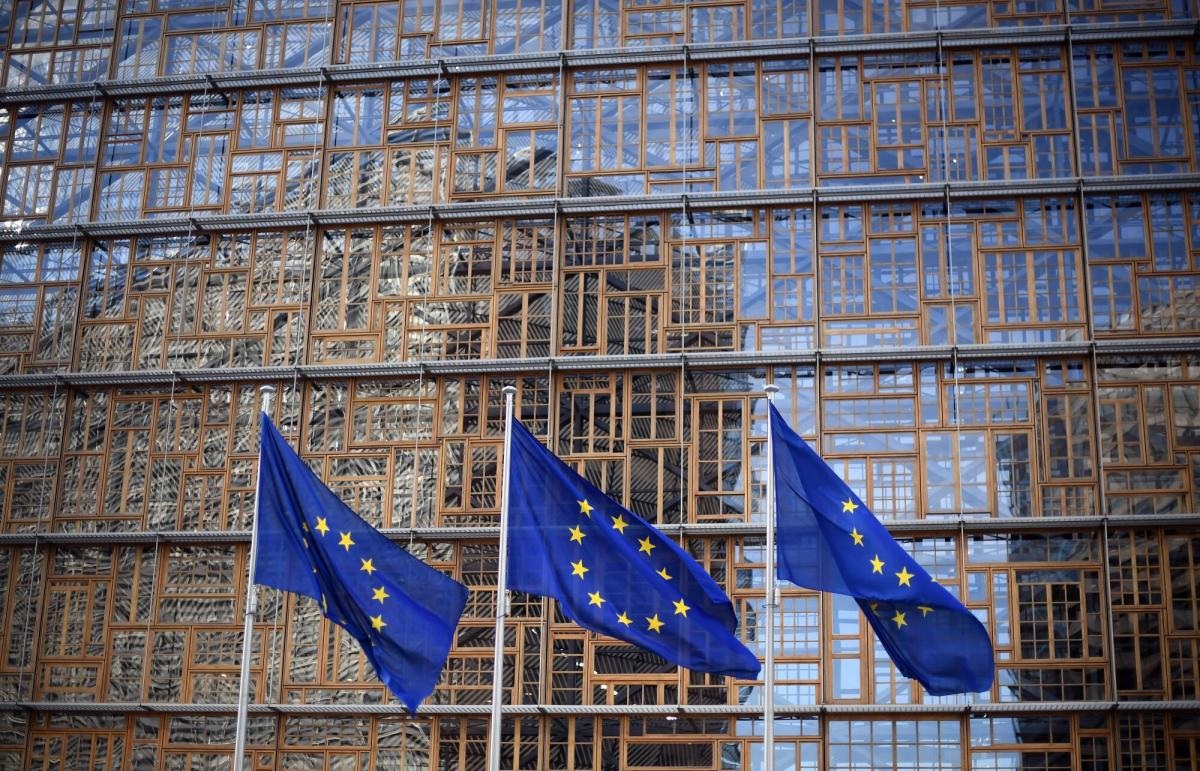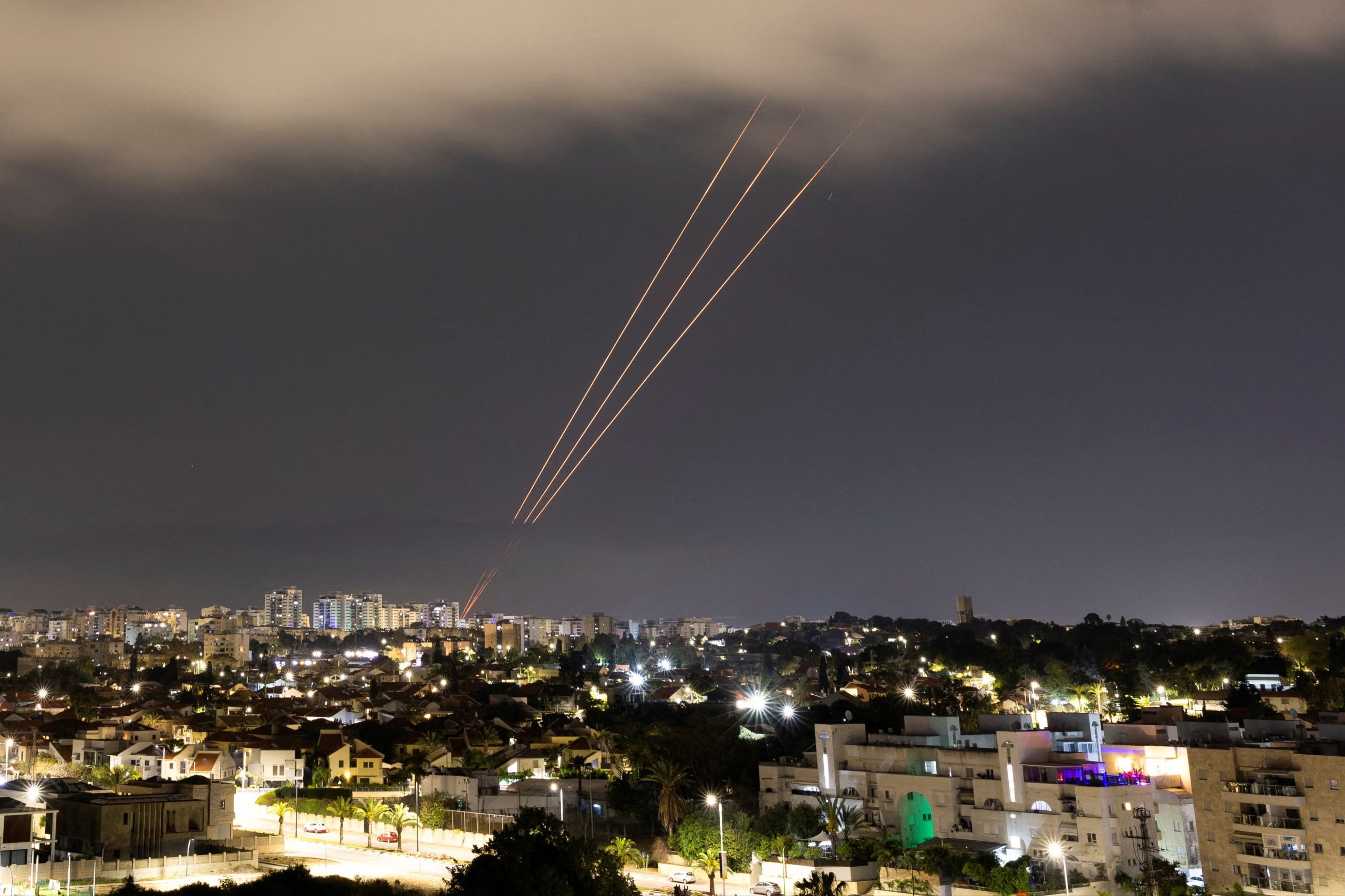European Centre for Counterterrorism and Intelligence Studies, Germany & Netherlands – ECCI
Displacement and migration explained
BY Ines Eisele
DW– War, disasters, economic crises: Every year, millions of people around the world are forced to leave their homes. DW illustrates who is going where and why, who is taking in refugees, and who is sealing themselves off.
Where the majority of refugees come from — and where they go
The office of the United Nations High Commissioner for Refugees (UNHCR) states that, as of mid-2022, of all the refugees under the UNHCR’s mandate and people in need of international protection, 72% came from just five countries.
The majority are from Syria, where the initial uprising during the 2011 “Arab Spring” evolved into a civil war, with international involvement, that still continues today. The second largest national group is 5.6 million people from Venezuela; the South American country has been in the grip of a serious political, economic and humanitarian crisis for several years. A similar number of refugees had fled Ukraine by the middle of 2022; since then, their number has risen to around 8 million as Russia continues to pursue its war of aggression there.
A large proportion of refugees, then, hails from a small number of countries. But when it comes to host countries, the situation is less clear. The five countries that have, numerically speaking, taken in the most refugees host 36% of all the refugees under the UNHCR’s mandate and others in need of international protection. They are Turkey, Colombia, Germany, Pakistan, and Uganda.
The last two make confirm that the impression, shared by many Europeans, that all refugees from Africa and Asia head for Europe is quite simply false. UN figures show that around 80% of migrants on the African continent migrate within their own region. In Asia, too, most refugees and migrants remain on that continent. Regional migration is the predominant pattern of movement.
In addition to the sheer number of migrants, it is also relevant to ask which countries take in the most migrants and refugees as a proportion of their total population. Lebanon is at the forefront of this group. At the end of 2020, according to the statistics portal Statista, around 13% of people living in Lebanon were refugees, the majority of them from Syria. And this figure does not include Palestinian refugees, of whom hundreds of thousands reside in Lebanon.
Many may be surprised to learn that the Caribbean islands of Aruba and Curacao are also at the top of the table for the highest proportion of refugees in relation to population. According to research company Statista, at the end of 2020, Aruba actually had the highest proportion in the world. Of its 112,000 inhabitants, 16% were refugees, with the vast majority from nearby Venezuela. Aruba and Curacao are constituent countries of the Kingdom of the Netherlands; as overseas territories, they are not part of the European Union but are closely associated with it.
Over 50,000 dead or missing since 2014
Refugees and migrants encounter many dangers on their journey toward a new life. They suffer hunger, fall ill, or are subjected to violence. Many of them pay for their daring with their lives. According to information from the Missing Migrants Project of the International Organization for Migration (IOM), at least 50,000 people died or were registered as missing between 2014 and 2022.
More than half of these deaths and disappearances occurred on the Mediterranean route. Since 2014, more than 26,000 refugees and migrants have drowned attempting to cross the sea from Libya, Egypt or Morocco to Europe. This statistic makes the Mediterranean the most dangerous migration route in the world. The second most dangerous region is Africa, and more specifically, the Sahara desert.
There is also south-north migration in the Americas too, with people from countries including Honduras, Guatemala, Venezuela and Haiti attempting to flee poverty, violence and political crises in their homelands. The final hurdle is crossing the border from Mexico into the US. Between October 2021 and October 2022, the US border protection force registered more than 2 million attempts by migrants to enter the United States — often in dangerous circumstances. The horrific deaths of 50 people made headlines last June: They had been abandoned in blistering temperatures in the back of a locked truck without air conditioning.
The IOM reports that thousands of people also died on the Asian continent this past year. Many were Afghans, or Rohingya from Myanmar; but also included in this number are, for example, East Africans who died off the coast of, or on, the Arabian Peninsula.
Why do people leave their homelands?
People may make the decision to leave their country or region of origin for any number of reasons — to work, for example, or to join a partner. However, not everyone leaves their homeland voluntarily. Violence, natural disasters, or a lack of prospects often impel people to seek refuge elsewhere. Research has shown that people are often not migrating for one reason alone; rather, they are influenced by different, interrelated factors affecting them simultaneously.
The IOM has created a visual representation of the nine most important aspects and factors involved, based on a paper by the migration researchers Mathias Czaika and Constantin Reinprecht.For example, a young person may decide to emigrate because there are a great many people of their age in their homeland (demographic aspect) and job prospects are poor (economic aspect), while better educational opportunities exist abroad (human development).
For the millions of Ukrainians who have left their country or region since February 2022, security is the most important factor. They are fleeing the war of aggression that Russia is waging in their country.
The environmental aspect also cannot be underestimated. Inhabitants of the global South, who are already struggling to cope with poverty and conflict, are disproportionately affected by extreme weather events such as excessive rainfall, drought and hurricanes. In 2022, for example, devastating floods forced hundreds of thousands of people in Pakistan to flee their homes. The country was already in a severe economic crisis and had to rely on international aid to provide for the flood victims, and for reconstruction.
Europe is sealing itself off
At the end of the Cold War, there were only around a dozen border walls worldwide. Since then, their number has increased more than sixfold, according to a specialist article published in March 2022. These walls, it says, have one main function: to stop irregular immigration — even though it has been proven that border installations are not particularly effective in this regard.
Europe is at the forefront of those erecting fences to seal off borders. A European Parliament paper from last year states that the European Union and the Schengen zone are now encircled or crossed by 19 border or separation fences. They have a combined length of 2,048 kilometers (1,273 miles) — compared to just 315 kilometers in 2014.
The longest fence in Europe is the one Lithuania has erected along much of its almost 700 km border with the non-EU state of Belarus. The government in Vilnius upgraded it after thousands of people attempted to enter the EU irregularly in the late summer and autumn of 2021. The European Union accuses the Belarusian ruler Alexander Lukashenko of having deliberately arranged for migrants from crisis regions to be brought to the EU’s external border.
Anyone who now tries to get from Belarus to Lithuania is confronted with a four-meter high fence, barbed wire and surveillance cameras. Aid organizations such as Doctors Without Borders have on numerous occasions sharply criticized Lithuania and other European countries for their hardline attitude toward refugees.
Displaced in their own country
Not everyone who is forced to leave their home also leaves their country. According to the UNHCR, 60% — the majority — of all “forcibly displaced people” around the world have in fact been internally displaced.The proportion, the UNHCR says, is largest by far in Syria, where almost a third of the entire population are refugees in their own land. It is followed by Colombia and Yemen, where the figure is around 13%, Afghanistan at 9%, the Democratic Republic of Congo at 6%, and Ethiopia at 3%.
However, these numbers only include those who have been displaced by conflict and violence. Victims of climate change and natural disasters are not included in these figures — the UNHCR counts them separately. It reports that, over the course of the year 2021, 23.7 million people were internally displaced for environmental reasons. The largest displacements took place in China, the Philippines, and India. People who migrate within their own country because of floods or drought are often able to return relatively quickly to their home regions.




